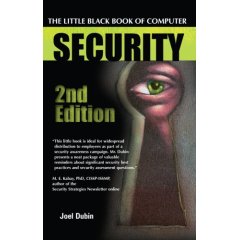IBM Acquires Ounce Labs
Big Blue has added another notch to its growing belt of security products and services with the acquisition yesterday of Ounce Labs, an application testing provider, according to an IBM press release.
Ounce Labs is a well-known player in the application security testing market, offering tools for ferreting out security glitches in application code during development. Ounce has taken advantage of the growing market for application security products, as attackers have set their sites on application layer rather network layer attacks, a trend long in the making over the past several years.
Ounce is known for being flexible and able to integrate with other development tools, which IBM hopes to add to its Rational software development products. IBM also hopes to outflank Hewlitt -Packard, another growing player in the application security space with its acquisition in 2007 of SPI Dynamics, a leading web application security scanner.
Terms of the deal for Ounce, a privately-held company, weren't disclosed.
Ounce Labs is a well-known player in the application security testing market, offering tools for ferreting out security glitches in application code during development. Ounce has taken advantage of the growing market for application security products, as attackers have set their sites on application layer rather network layer attacks, a trend long in the making over the past several years.
Ounce is known for being flexible and able to integrate with other development tools, which IBM hopes to add to its Rational software development products. IBM also hopes to outflank Hewlitt -Packard, another growing player in the application security space with its acquisition in 2007 of SPI Dynamics, a leading web application security scanner.
Terms of the deal for Ounce, a privately-held company, weren't disclosed.



